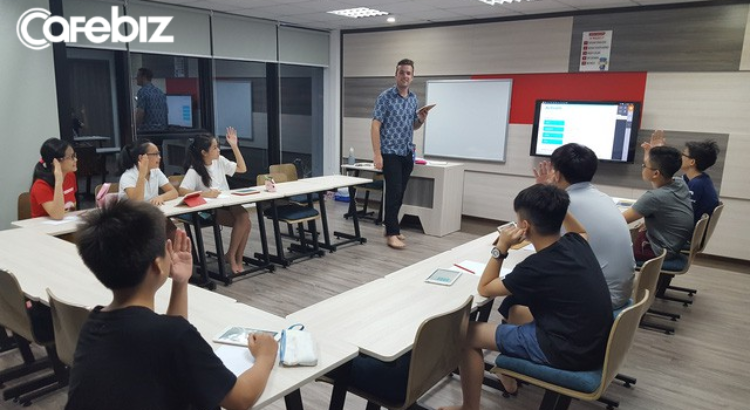Asia/ Vietnam/ 16.10.2018/ Source: english.vietnamnet.vn.
“International schools in Vietnam are expected to see a large wave of applications from Vietnamese students following the newly released decree which lifts the ceiling on the proportion of Vietnamese students at foreign invested schools,” said Troy Griffiths, deputy CEO of Savills Vietnam.
Taking effect on August 1, Decree 86 says that one international school can enroll up to 50 percent of Vietnamese students instead of 10 percent as previously stipulated.
The decree covers five types of education organizations – short-term training organizations, preschools, general education establishments, high-level education organizations and branches of international high-level organizations.
| A UNESCO report showed that the number of Vietnamese students studying in foreign schools is increasing by 12 percent annually, from 50,000 in 2012 to 80,000 in 2016. |
The new regulation brings great opportunities to foreign investors who plan to build international schools in Vietnam.
The limitation on the proportion of Vietnamese students in international schools was a big barrier to foreign investment in the education sector, despite the high demand.
The demand for study at international schools is high not only in Hanoi and HCMC, but also in other cities/provinces, where there are not many foreign students because of the limited number of expats, but there are many Vietnamese students.
As the Vietnamese education still cannot satisfy international standards, many well-off Vietnamese families send their children overseas to prestigious schools.
A UNESCO report showed that the number of Vietnamese students studying in foreign schools is increasing by 12 percent annually, from 50,000 in 2012 to 80,000 in 2016.
Meanwhile, Minister of Education and Training Phung Xuan Nha said before the National Assembly at the June session that Vietnamese spend $3-4 billion a year on overseas study.
With 41 percent of the population belonging to the ‘golden generation’ (below 24 years old), and the number of wealthy and middle-class people on a rapid rise, Vietnamese are spending more money on their children’s education.
Investors pour money into foreign language centers
Hanoi and HCMC have been witnessing foreign language centers mushrooming in the last few years. There are about 450 centers in the cities, where ILA and Apax lead the market.
Vietnam ranked seventh out of 20 surveyed countries in 2017 in Education First English Proficiency Index (EFEPI).
The increasingly high demand from Vietnamese students for upgrading foreign language skills to find better jobs has prompted investors to develop foreign language centers.
Many M&A deals have occurred in the education sector. Cognita, an education fund, bought International School of HCMC and Saigon Pearl, a primary school.
Meanwhile, North Anglia fund bought British International School, and EQT invested in ILA.
IFC poured money into Vietnam-USA Society (VUS) and Mekong Capital into Yola, an English Center, while IAE invested in Western University.
Source of the notice: https://english.vietnamnet.vn/fms/education/209850/vietnam-s-education-sector-a-gold-mine-for-investors.html








 Users Today : 4
Users Today : 4 Total Users : 35460213
Total Users : 35460213 Views Today : 5
Views Today : 5 Total views : 3418900
Total views : 3418900